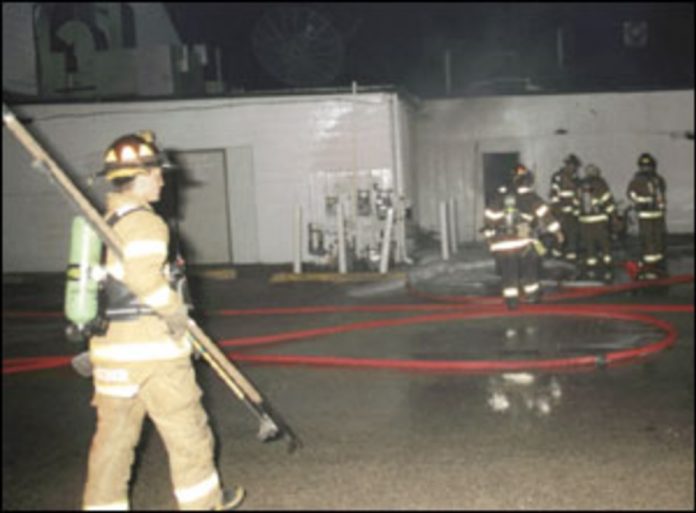FIREHOUSE February 24, 2004
https://www.firehouse.com/operations-training/article/10527095/pulling-ceiling-during-fire-attack
“Now only five feet in the door the engine pauses, and the officer makes a very experienced decision to move up another firefighter just past the nozzle with a pike pole (or plaster hook) to pull ceiling.”
“hose stream + ventilation + building construction + conceal space fire + heat conditions = PULL CEILING (fire may be over head!).
While positioning just several feet ahead of the nozzle, the firefighter starts to punch through the ceiling. That first punch into the ceiling will tell much of the story:
- How difficult was it to break into the ceiling?
- Did whole sections of ceiling freely drop?
- Did the pole virtually bounce back off the ceiling (maybe indicating tongue and groove)?
- Once a hole has been made, can a “new” push of heat be felt indicating approaching fire?
- Does fire drop through the ceiling as soon it is pulled?
It is important that the officer be positioned near the nozzle behind the firefighter about to pull ceiling:
- It is understood that generally it is not safe to operate ahead of the nozzle during a fire attack, but it is necessary in this case.
- It is important to position the nozzle BEHIND the firefighter with the pike pole! Allowing a firefighter to pull ceiling from behind the nozzle will allow falling ceiling to drop on head of the nozzle position, and the stream protection is limited as the hole would be made directly over the nozzle position. ”
“The firefighter working as the ‘interior truck’ should be trained on selecting the right type of pole or hook for the type of building being entered:
- The 6-foot pole might work in a certain type of building with 8-foot ceilings, but when dealing with higher ceilings in such buildings as commercial, institutional, office, or industrial it should be obvious that 8-foot and even 10-foot poles need be used. The ‘interior truck’ should NOT be thinking of pulling ceiling straight down dropping debris on top of everyone, but angling the pole to drop ceiling ahead of their position. In many such cases the 6-foot pole would be too short.
- Another reason for a longer pike pole is it might not always be possible to stand upright because of the heat conditions. If having to pull ceiling while kneeling, several feet of pole length will be lost to reach the ceiling and might call for an 8-foot rather than a 6-foot pole.
- If not sure of the type of building interior (e.g., given construction modifications, lightweight construction with cathedral ceilings, etc.), take two different poles to the building. “
Mitch: Pike poles are long utilized and extremely critical tools that among other things allow the engine crews to assess the spread of the fire. Fires could be just overhead concealed by the ceiling. These poles are also employed in a variety of critical offensive and defensive fire tasks which make them indispensable to engine crews. A couple of the greatest uses aside from pulling ceilings and drywall to check for fire extensions, is in acting as a probe for navigating fires and a way to safely and remotely open or close doors to avoid back draft. The downside is that as it stands, due to varying construction methods/materials and ceiling heights encountered in structures crews are advised to carry multiple poles with them, no small task fishing 8 foot plus poles through a fire scene in full turnout gear. The result is that many of the more useful lengths of pole being so cumbersome are initially left on the truck and if absolutely needed retrieved. The downsides to having to traverse a fire multiple times because a tool is poorly designed is all but obvious.




